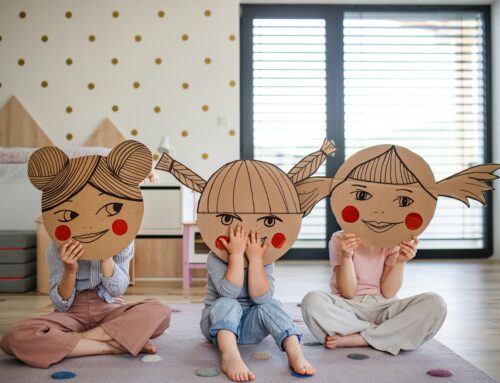It is not uncommon for children to have nightmares so frightening that they wake up screaming and crying. Nightmares are different from night terrors in children, however. During a night terror, the child is still asleep though he or she might be sitting upright in bed, shouting, crying, or displaying fear.
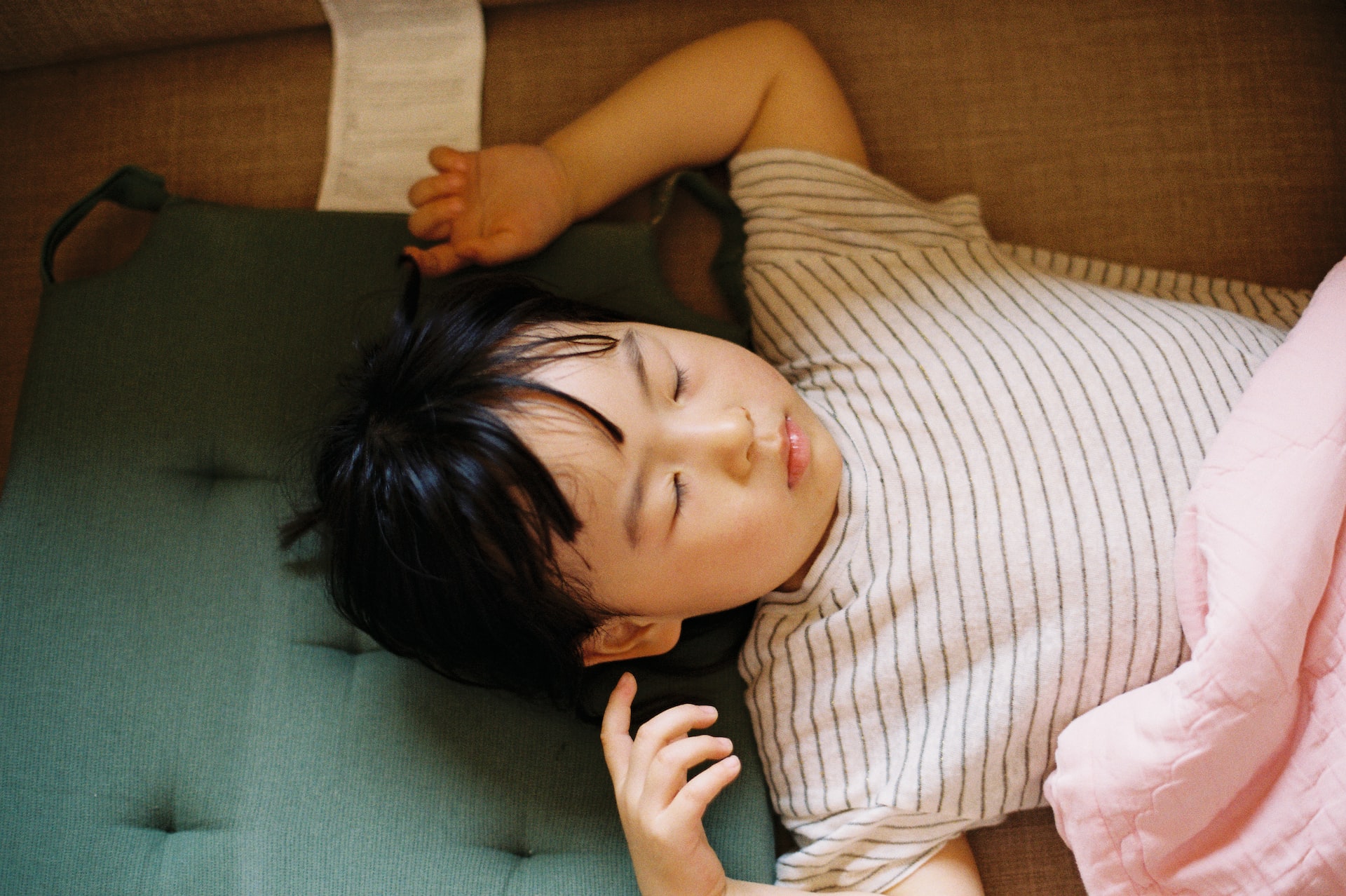 It is distressing to watch, and it can be impossible to comfort the child because he or she is still technically asleep, but night terrors cause no lasting harm. After having a night terror, the child will continue to sleep and likely have no memory of the episode in the morning.
It is distressing to watch, and it can be impossible to comfort the child because he or she is still technically asleep, but night terrors cause no lasting harm. After having a night terror, the child will continue to sleep and likely have no memory of the episode in the morning.
Research into the subject of sleep disturbances has shown that 40% of children between toddler age and prepubescent age have experienced night terrors. They are common among both boys and girls, are seen across various cultural backgrounds, and tend to run in the family. Carlsbad Christian Counseling can support families in navigating these challenges.
Children aged three-and -a-half are most likely to experience night terrors, and it is unlikely that the night terrors will continue past the age of twelve. A very small percentage of the adult population is likely to experience night terrors, and even then, it is mostly if they experienced them as children.
What are night terrors?
A night terror, or sleep terror, is an episode where a sleeper will become restless, start sweating and breathing heavily, and begin shouting, talking, or crying. A child might sit upright in bed with open eyes, and in some cases may get out of bed and begin walking around. Night terrors vary in intensity and may last between half a minute to an hour or more.
This happens when the central nervous system is triggered and causes a fear or anxiety reaction in a sleeper’s body. There is no common trigger for such an event, but if the child has a fever, is overtired, took certain medications especially those with caffeine, or is sleeping in a new environment, there is a higher chance of night terrors occurring. Night terrors occur two to three hours after falling asleep, and usually at the same time and for the same duration each night.
Parents who have tried to comfort or restrain a child amid a night terror will attest to the fact that the child seemed to not know that they were there. He or she will not likely be responsive to any communication, though he or she might be moving and verbalizing. Efforts to rouse or wake a child having a night terror will mostly be unsuccessful.
Should the child wake, he or she will be confused, afraid, or ashamed. The only chance of lasting harm from a night terror is if the child is active in the episode and becomes injured from colliding with furniture, falling downstairs, or something similar.
What causes night terrors?
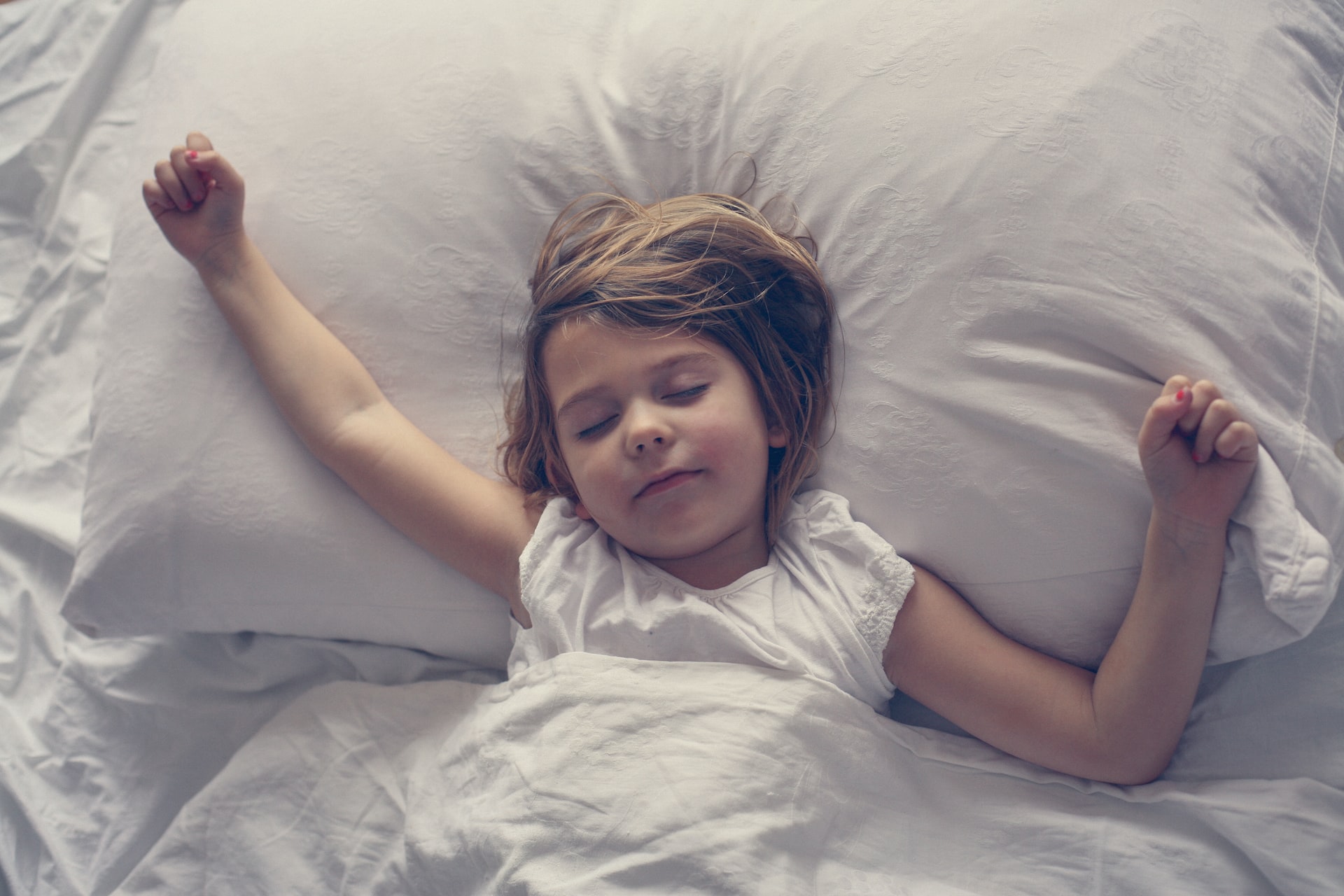 There are some traditional suggestions as to what triggers night terrors, including eating too much cheese or having too much sugar before bed. There may be some fact to these old wives’ tales, as diet can affect a child’s sleep patterns. Foods that cause allergic reactions or that affect digestion can also cause sleep to be disrupted.
There are some traditional suggestions as to what triggers night terrors, including eating too much cheese or having too much sugar before bed. There may be some fact to these old wives’ tales, as diet can affect a child’s sleep patterns. Foods that cause allergic reactions or that affect digestion can also cause sleep to be disrupted.
Drinking a lot before bed means filling up the bladder, which in turn will notify the brain that it needs to be emptied. This often affects sleep, resulting in a night terror or wetting the bed.
When the central nervous system is roused from non-rapid eye movement sleep (non-REM), the body remains in a state of sleep, but the mind is technically awake. This is the essence of a night terror: a state somewhere between sleep and waking where there is no logic or reason, but there is movement and reaction. Any stimulus that interrupts sleep can be the trigger of a night terror.
Many children require a night light for comfort because they are afraid of the dark. But sometimes these night lights are simply too bright, and they may trigger brain activity that affects non-REM sleep. If the child is in a state of emotional distress and is overtired or overexcited before bed, then he or she is likely to have interrupted sleep, which is often a prelude to a night terror.
Eighty percent of children who get night terrors have a family member who also experienced them as a child, pointing to a genetic link in night terrors or sleepwalking. The aging process eliminates night terrors in most cases.
However, a person may still be susceptible to them as an adult if triggered by stress, anxiety, or poor sleep hygiene. Limiting screen time at night, being careful with diet, and ensuring a safe sleeping environment can go a long way to ensuring good sleep without night disturbances.
Nightmares versus night terrors in children
Night terrors and nightmares have similarities, but there are some crucial differences. Nightmares are far more common in children, occurring in up to 80% of children between the ages of 3 and 12 years old. During a nightmare, a child might thrash around in bed, sweat, cry out, or even speak, but intense nightmares will often wake the child out of sleep to full consciousness.
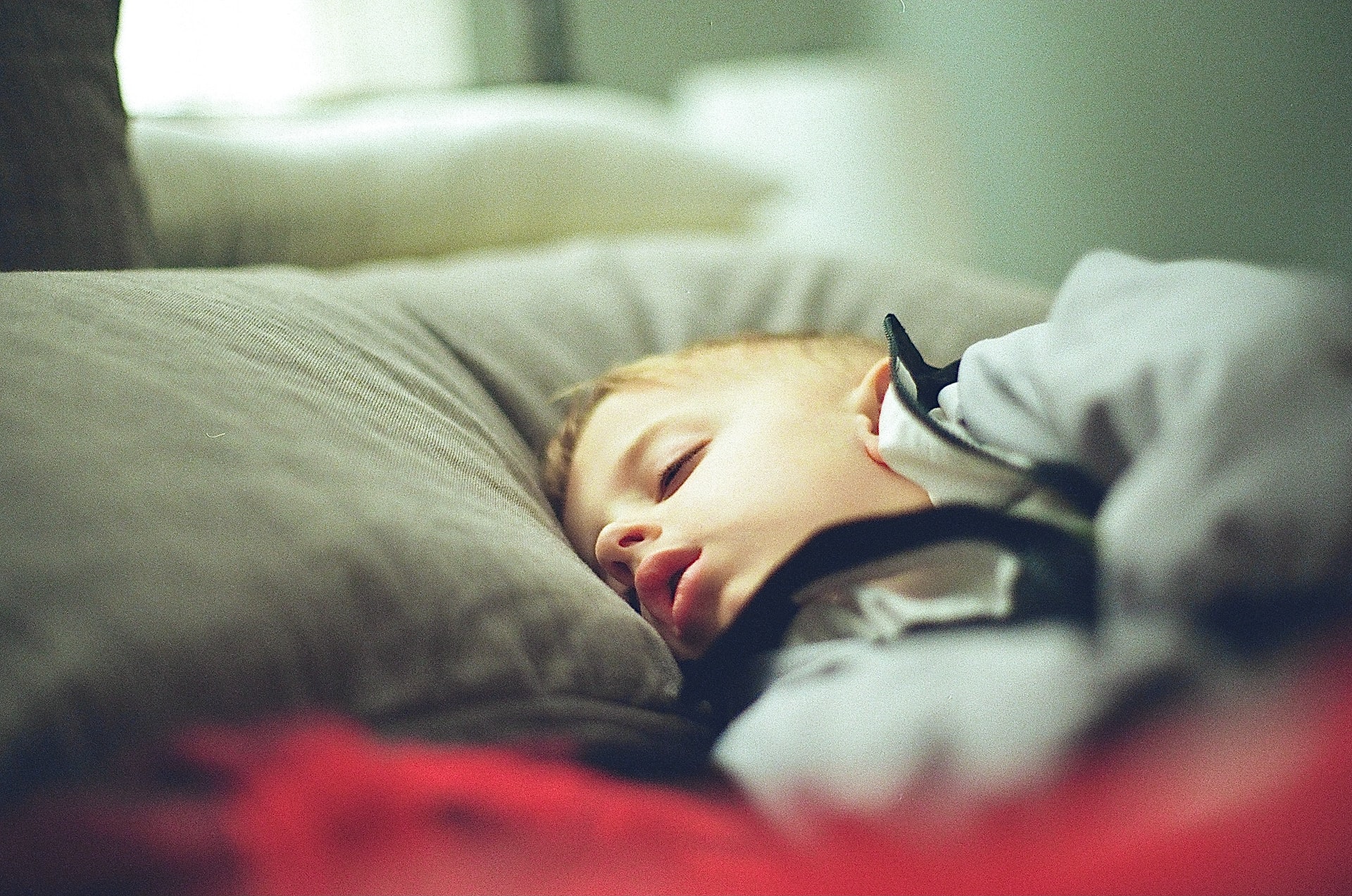
Nightmares occur in the second part of sleep (REM sleep), which is between midnight and waking hours. A night terror will occur before midnight in the first part of the sleep cycle. A child will often be shaken and may be deeply affected by a nightmare, remembering it clearly afterward.
A night terror will hardly ever result in the child waking or being affected in any way. Experts say that the real difference between nightmares and night terrors is that nightmares disturb the ones who have them, and night terrors disturb the ones who witness them.
Nightmares are sometimes linked to experiences in the child’s life. Toddlers are likely to have nightmares when separated from caregivers, school-age children will have nightmares linked to stresses and fears at school, and pre-teens will have nightmares fueled by social anxiety. Nightmares may be fueled by real-life experiences, which is not necessarily true for night terrors.
What to do when your child is having a night terror
Great care should be taken when dealing with a child amid a night terror. Though the child might not be responsive, it is still good to be present, mostly to ensure that he or she does not get hurt.
It is easy to feel helpless when witnessing a child having a night terror, especially if it is a lengthy episode or an emotional one. Being present, offering reassurance, and providing safety for him or her are ways that a parent can feel helpful in the situation.
There is no way to prevent a night terror from happening, but there are safety measures that can be taken. For example, a parent or caregiver can ensure that there are no sharp objects near the bed, that the pathway is clear should the child get out of bed, and that they do not injure their heads against anything.
Trying to rouse them out of their sleepwalking or sleep-talking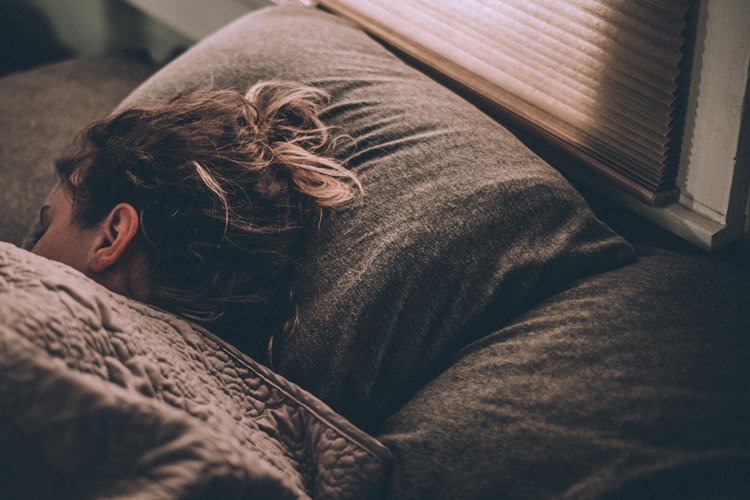 state will not likely be successful. If it is, it could result in the child feeling confused or even ashamed. On the whole, it is better to let the episode pass and simply monitor the child’s actions without trying to wake him or her.
state will not likely be successful. If it is, it could result in the child feeling confused or even ashamed. On the whole, it is better to let the episode pass and simply monitor the child’s actions without trying to wake him or her.
Once the episode passes, the child will continue sleeping and eventually reach the rapid-eye movement (REM) phase of sleep. This is part of the natural progression of the sleep cycle and will ensure that the child wakes up well-rested and in a healthy state of mind in the morning. When night terrors are frequent, they might result in interrupted sleep for parents or siblings, but the child who has sleep terrors will most likely be fine.
One last thing that parents and caregivers might want to think about is explaining night terrors to the siblings of the child who experiences them. As unsettling as it can be for adults to witness their child having a night terror, it can be doubly so for a sibling or friend sharing a bedroom with him or her.
It may be necessary to sit down as a family and explain that night terrors are common and harmless, despite how they might appear. Children can even learn to care for their siblings during a night terror, ensuring their safety and continued sleep once the episode passes.
Further steps to address night terrors in children
Although night terrors in children do not pose a threat to the long-term happiness and health of children, they can trigger anxiety and emotional unwellness in parents. Being sleep-deprived due to nighttime disturbances with children can affect well-being in many ways and have a spillover effect onto our lives. It is always advisable to visit a health professional if you experience great distress over an issue like night terrors, although it may be equally beneficial to speak to a counselor or therapist at Carlsbad Christian Counseling.
If you contact our offices, we can link you with a professional counselor who will be more than happy to answer your questions or work with you to develop a plan for your mental wellness.
“Sleeping Child”, Courtesy of Zhenzhong Liu, Unsplash.com, CC0 License; “Sleeping Child”, Courtesy of Getty Images, Unsplash.com, Unsplash+ License; “Sleeping Boy”, Courtesy of Brett Durfee, Unsplash.com, CC0 License; “I always wake before her”, Courtesy of Gregory Pappas, Unsplash.com, CC0 License
-
Joanna Kucherera: Author
Hi there! I am Joanna Kucherera, a Writer, Speaker, and Trainer with a
passion for mental health awareness, relationships, and family counseling.
I hold an Honours degree in Psychology from The University of Zimbabwe.
Beyond my professional endeav...
DISCLAIMER: THIS ARTICLE DOES NOT PROVIDE MEDICAL ADVICE
Articles are intended for informational purposes only and do not constitute medical advice; the content is not intended to be a substitute for professional medical advice, diagnosis, or treatment. All opinions expressed by authors and quoted sources are their own and do not necessarily reflect the opinions of the editors, publishers or editorial boards of Stone Oak Christian Counseling. This website does not recommend or endorse any specific tests, physicians, products, procedures, opinions, or other information that may be mentioned on the Site. Reliance on any information provided by this website is solely at your own risk.







